Environmental Awareness
Growing environmental awareness is reshaping consumer preferences, thereby influencing the E-Mountain Bike Market. As concerns about climate change and pollution escalate, many individuals are seeking sustainable transportation alternatives. E-mountain bikes, which produce zero emissions during operation, present an eco-friendly option for outdoor enthusiasts. Data suggests that sales of e-mountain bikes have surged as consumers prioritize sustainability in their purchasing decisions. In fact, a recent report indicates that approximately 40% of e-mountain bike buyers cite environmental concerns as a primary factor in their choice. This shift towards greener alternatives is likely to continue, positioning the E-Mountain Bike Market favorably in a landscape increasingly focused on sustainability.
Adventure Tourism Growth
The growth of adventure tourism is significantly impacting the E-Mountain Bike Market. As more travelers seek unique outdoor experiences, e-mountain biking has emerged as a popular activity in various tourist destinations. This trend is particularly evident in regions known for their natural landscapes, where e-mountain bikes provide an exhilarating way to explore rugged terrains. Recent data indicates that adventure tourism is expected to grow by 15% annually, with e-mountain biking being a key attraction. This growth presents opportunities for local businesses and tour operators to incorporate e-mountain biking into their offerings, thereby expanding the market. As adventure tourism continues to flourish, the E-Mountain Bike Market is poised for substantial growth.
Health and Fitness Trends
The rising awareness of health and fitness is a significant driver for the E-Mountain Bike Market. As more individuals seek outdoor activities that promote physical well-being, e-mountain biking offers an appealing solution. The ability to enjoy the outdoors while engaging in a low-impact exercise makes e-mountain bikes attractive to a diverse demographic, including older adults and those new to cycling. Recent surveys indicate that nearly 60% of potential buyers are motivated by health benefits when considering an e-mountain bike. This trend aligns with a broader societal shift towards healthier lifestyles, further propelling the demand for e-mountain bikes. Consequently, the E-Mountain Bike Market is likely to expand as more consumers recognize the dual benefits of fitness and recreation.
Technological Advancements
The E-Mountain Bike Market is experiencing rapid technological advancements that enhance performance and user experience. Innovations in battery technology, such as lithium-ion batteries, have significantly improved the range and efficiency of e-mountain bikes. Additionally, the integration of smart technology, including GPS navigation and performance tracking, is becoming increasingly common. According to recent data, the market for e-mountain bikes is projected to grow at a compound annual growth rate of approximately 10% over the next five years. This growth is largely driven by the demand for high-performance bikes that cater to both recreational and competitive riders. As manufacturers continue to invest in research and development, the E-Mountain Bike Market is likely to see even more sophisticated features that appeal to a broader audience.
Urbanization and Infrastructure Development
Urbanization and the development of cycling infrastructure are pivotal factors driving the E-Mountain Bike Market. As urban areas expand, the need for efficient and sustainable transportation options becomes more pressing. E-mountain bikes offer a practical solution for navigating congested city environments while promoting an active lifestyle. Many cities are investing in cycling paths and bike-sharing programs, which facilitate the adoption of e-mountain bikes. Recent statistics indicate that urban areas with developed cycling infrastructure see a 25% increase in bike usage. This trend suggests that as more cities enhance their cycling facilities, the E-Mountain Bike Market will likely benefit from increased accessibility and convenience for riders.


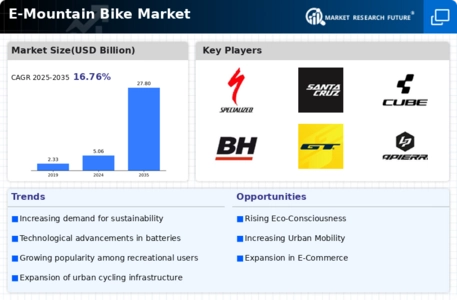
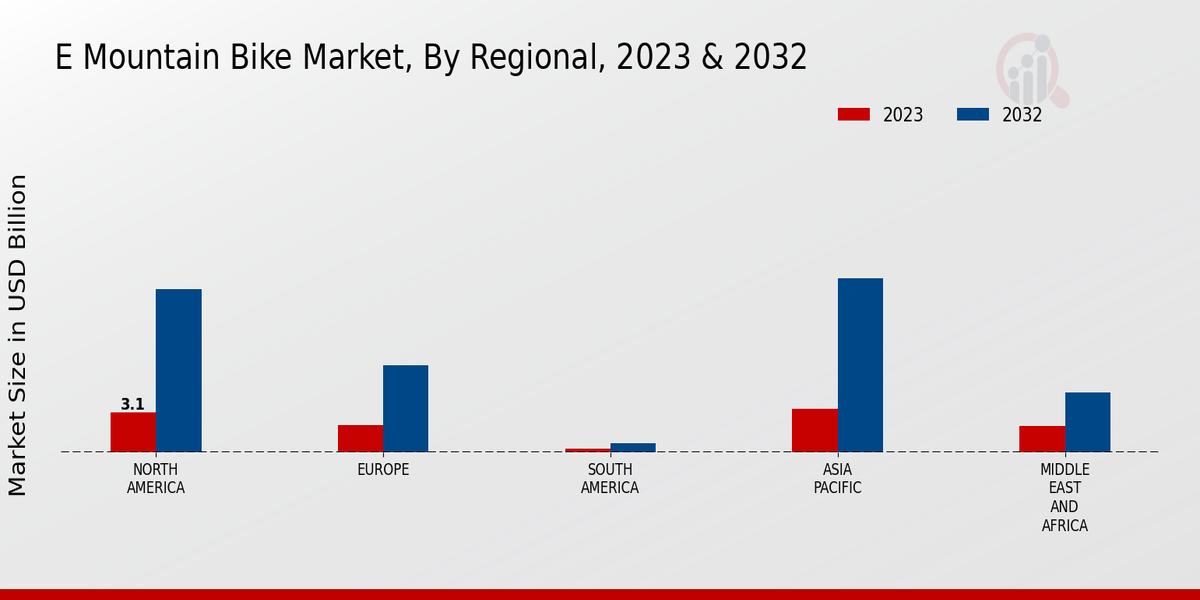
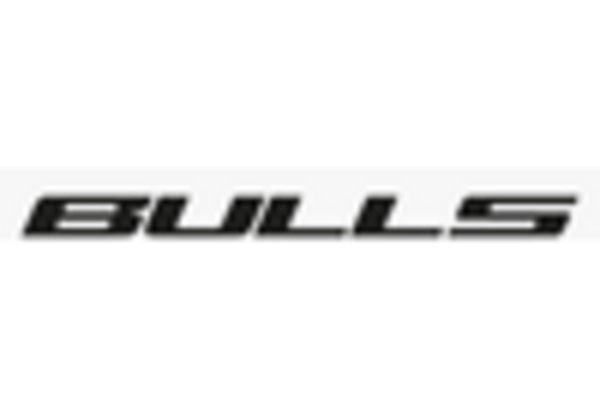

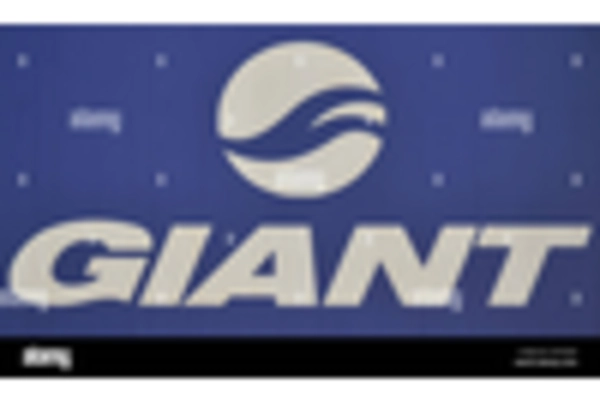


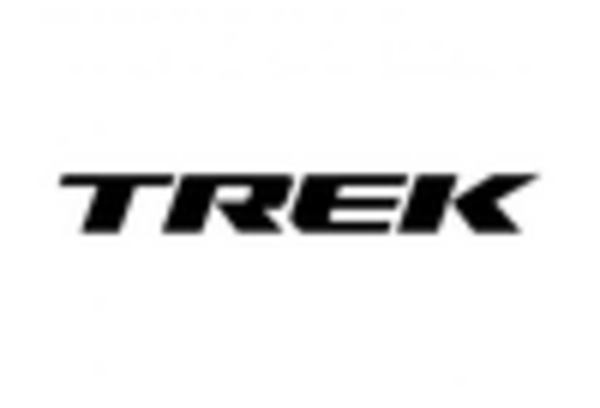








Leave a Comment